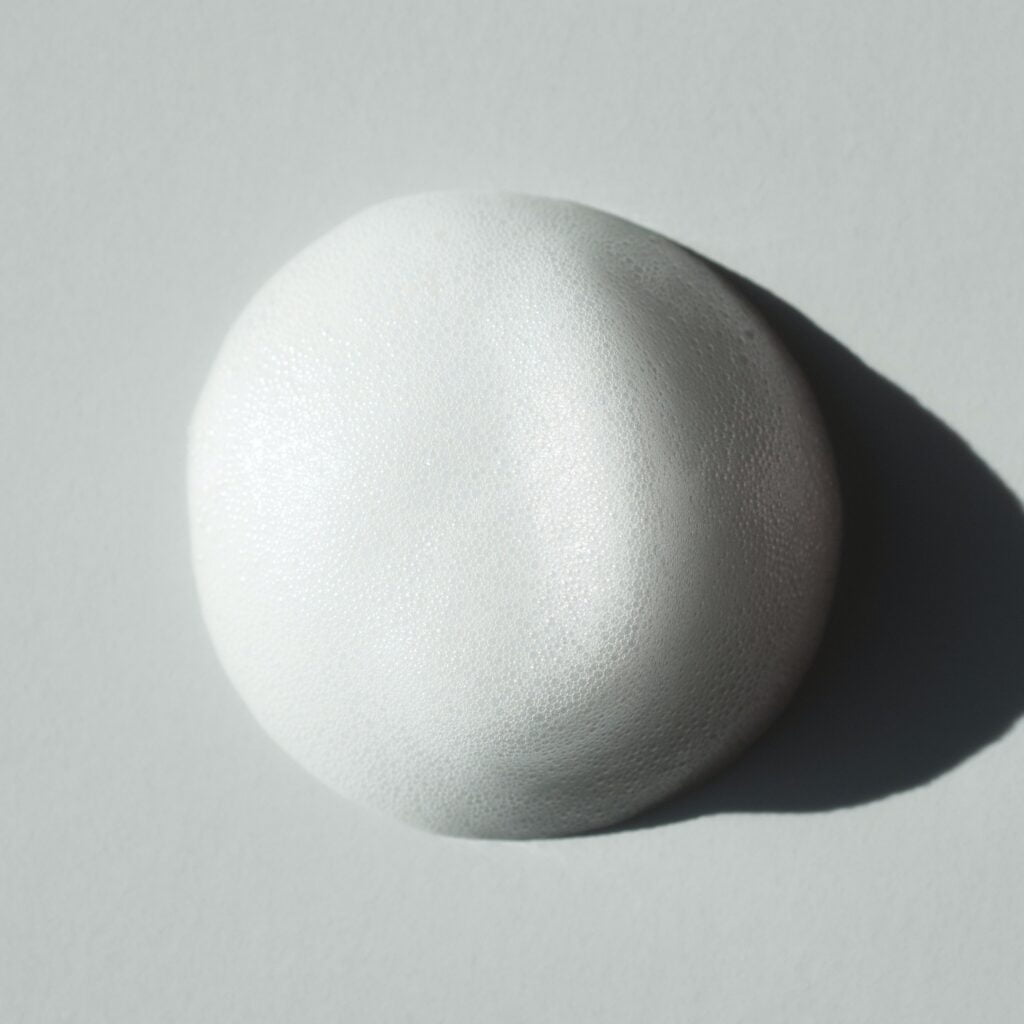In many ways, using foam as a vehicle for compounded medications can be advantageous for both the patient and the pharmacist. Foam is easy to administer, has a rapid onset of action, and is generally well-tolerated. Additionally, foam can help to improve drug absorption and distribution.
The benefits of using foam in compounded medications can be summed up in eight points:
- Foam delivery systems improve drug absorption and bioavailability.
- Foam formulations improve patient compliance.
- Foam delivery systems are an effective means of targeted drug delivery.
- Less likely to cause skin irritation. Creams are more likely to cause skin irritation because they contain ingredients like alcohol and mineral oil which could dry out the skin. The foam also contains fewer preservatives than creams, which can also cause skin irritation.
- Doesn’t cause the greasy feeling of the creams.
- Most of the foam will evaporate quickly, leaving the active ingredient to be absorbed by the skin.
- Quick usage compared to creams, for example.
- Foam medications are easier to administer and provide a more consistent dosage.

How to administer compounded foam medications
When a patient needs a compounded foam medication, the pharmacist will work with the prescriber to develop a formulation that will work best for the patient. There are several things to consider when compounding a foam medication:
The vehicle: The pharmacist will choose the vehicle that will be most effective for the medication. Some vehicles are better at penetrating the skin than others.
The excipient: The excipient is a substance that helps to create foam. Choosing an excipient that will be stable and not cause any irritation is important.
The foam pump (or squeeze foamer): The foam pump helps to disperse the foam.
The dose: The dose will be based on the patient’s needs. The pharmacist will need to consider the medication’s potency and the size of the patient’s skin surface.
The frequency: Frequency will also be based on the patient’s needs. It is important to choose a frequency that will be effective without causing any irritation. The pharmacist will consider all of these factors when compounding a foam medication.
What are the potential uses of compounded foam medications?
Compounded foam medications are medications that a compounding pharmacy specially prepares. They can be used for a variety of purposes, including:
- Treating skin conditions such as eczema and psoriasis
- Treating muscle pain (could contain anti-inflammatory medications)
- Treating hair loss and promoting its growth
- Face wash to cleanse the pores
- Treating fungal infections
- Treating acne
- Treating athlete’s foot
Compounded foam medications generally could be a great option for people who have trouble taking traditional medications in pill or liquid form. They can also be a good option for people who have sensitive skin or who are allergic to certain ingredients. If you are interested in finding out more about compounded foam medications, don’t hesitate to get in touch with Chaparral Pharmacy in Calgary. We would be happy to discuss your individual needs and see if compounded foam medications are the right option for you.
Thanks for reading this blog post. If you like it, please share it using the buttons below with your friends, family, and colleagues.



